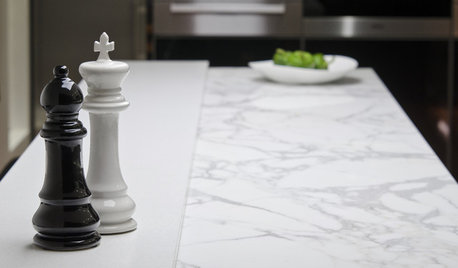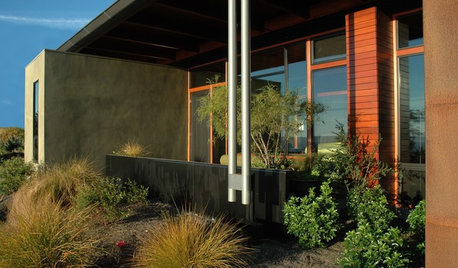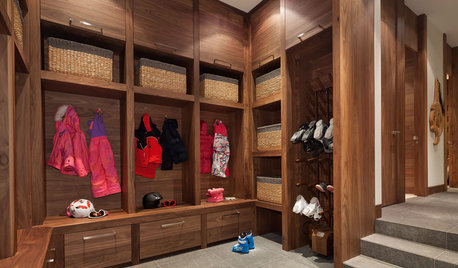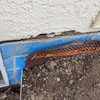High water table - new sump? french drain? other advice?
eoren1
14 years ago
Featured Answer
Comments (12)
eoren1
14 years agoRelated Professionals
Clarksville General Contractors · Groveton General Contractors · Kemp Mill General Contractors · Newington General Contractors · Newington General Contractors · Spencer General Contractors · Stoughton General Contractors · East Grand Rapids Flooring Contractors · East Haven Flooring Contractors · Lewisville Flooring Contractors · Mahwah Flooring Contractors · Oxford Flooring Contractors · Slidell Flooring Contractors · South Lake Tahoe Flooring Contractors · Wesley Chapel Flooring Contractorsgeorge81
14 years agoworthy
14 years agoeoren1
14 years agowtrprfr1
14 years agodwysky
13 years agoeoren1
13 years agodwysky
13 years agoeoren1
13 years agoMichelle Flaherty
6 years agolindalonia68
5 years agolast modified: 5 years ago
Related Stories

REMODELING GUIDESContractor Tips: Advice for Laundry Room Design
Thinking ahead when installing or moving a washer and dryer can prevent frustration and damage down the road
Full Story
KITCHEN DESIGNSmart Investments in Kitchen Cabinetry — a Realtor's Advice
Get expert info on what cabinet features are worth the money, for both you and potential buyers of your home
Full Story
BATHROOM DESIGNHow to Choose the Best Drain for Your Shower
Don't settle for a cheap fix when you can pick a shower drain that suits your style preferences and renovation codes alike
Full Story
KITCHEN COUNTERTOPSKitchen Counters: High-Tech Solid Surfaces Make Maintenance Easy
Sculpted by heat and nonporous by nature, solid-surface countertops bring imagination and low maintenance to the kitchen
Full Story
LIGHTINGThe Lowdown on High-Efficiency LED Lighting
Learn about LED tapes, ropes, pucks and more to create a flexible and energy-efficient lighting design that looks great
Full Story

BUDGET DECORATING8 Cost-Effective Ways to Get a High-End Look
Don’t discount that expensive material yet. By using a small amount in a strategic way, you can get a luxurious look without the expense
Full Story
HOUZZ TOURSHouzz Tour: Unplugging From High Tech in a Texas Farmhouse
This simply styled home gives an Austin family all the warmth of comfort food and all the amenities of modern times
Full Story
DECORATING GUIDESHow to Work With a High Ceiling
Learn how to use scale, structure and shapes to create a homey-feeling space below a grand ceiling
Full Story
MUDROOMS4 High-Performing Mudroom Ideas
Looking for entryway ideas with plenty of storage? Here’s how to make hooks, cubbies and drawers look great
Full StoryMore Discussions








worthy